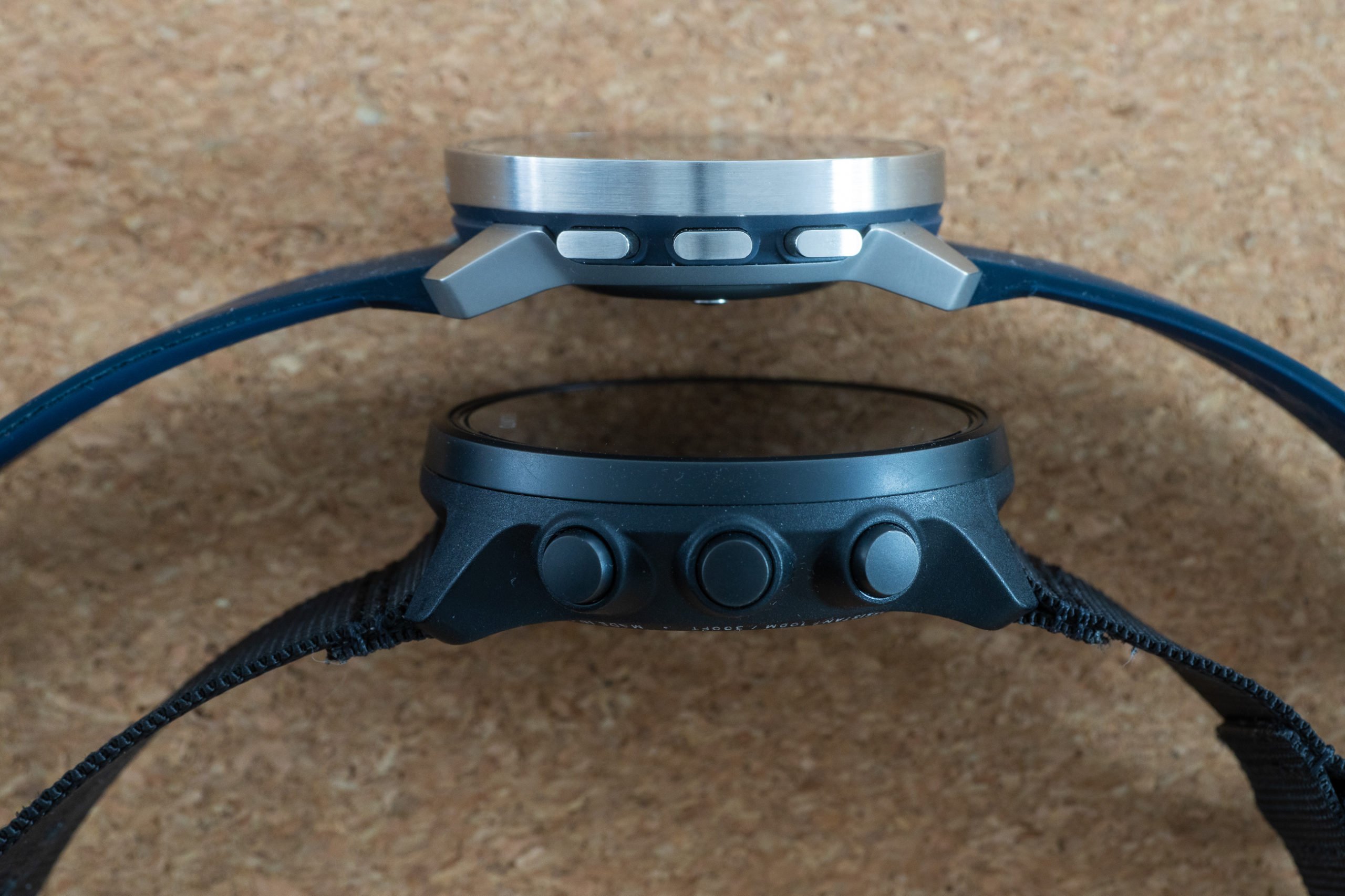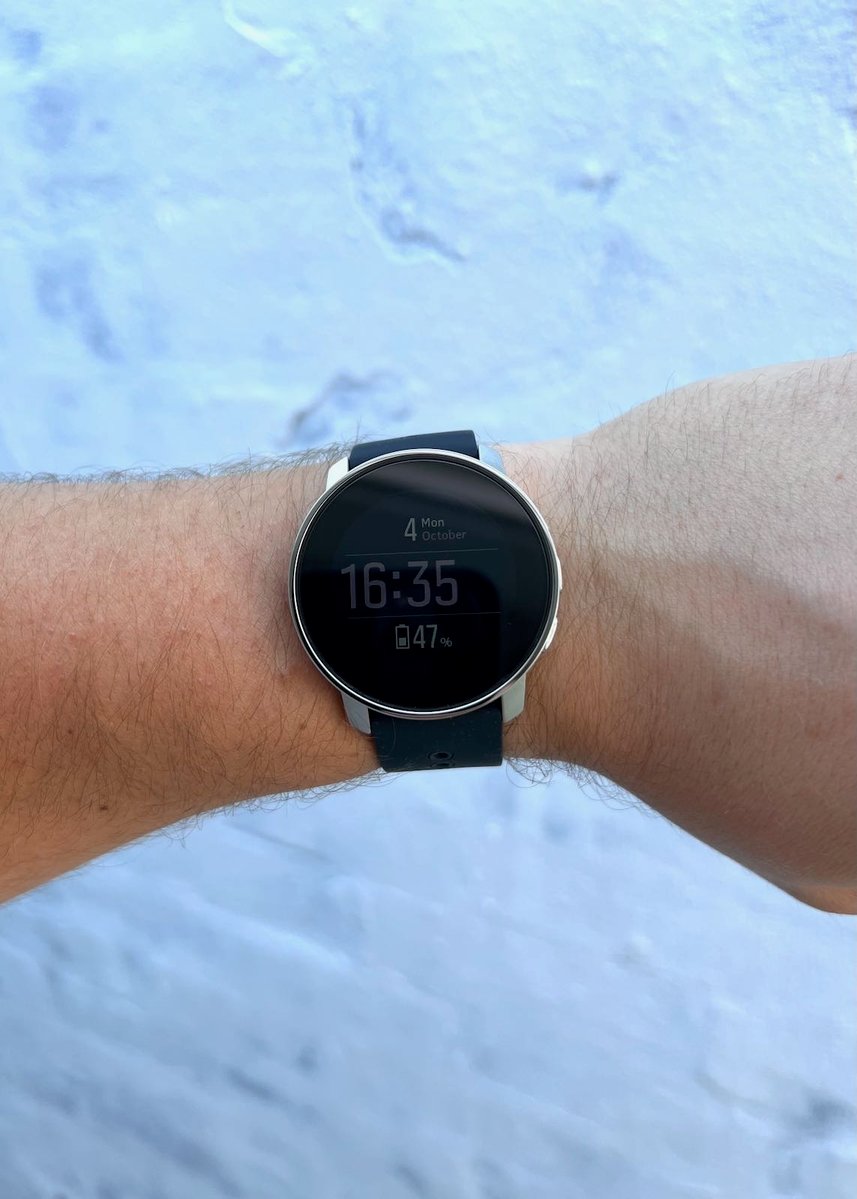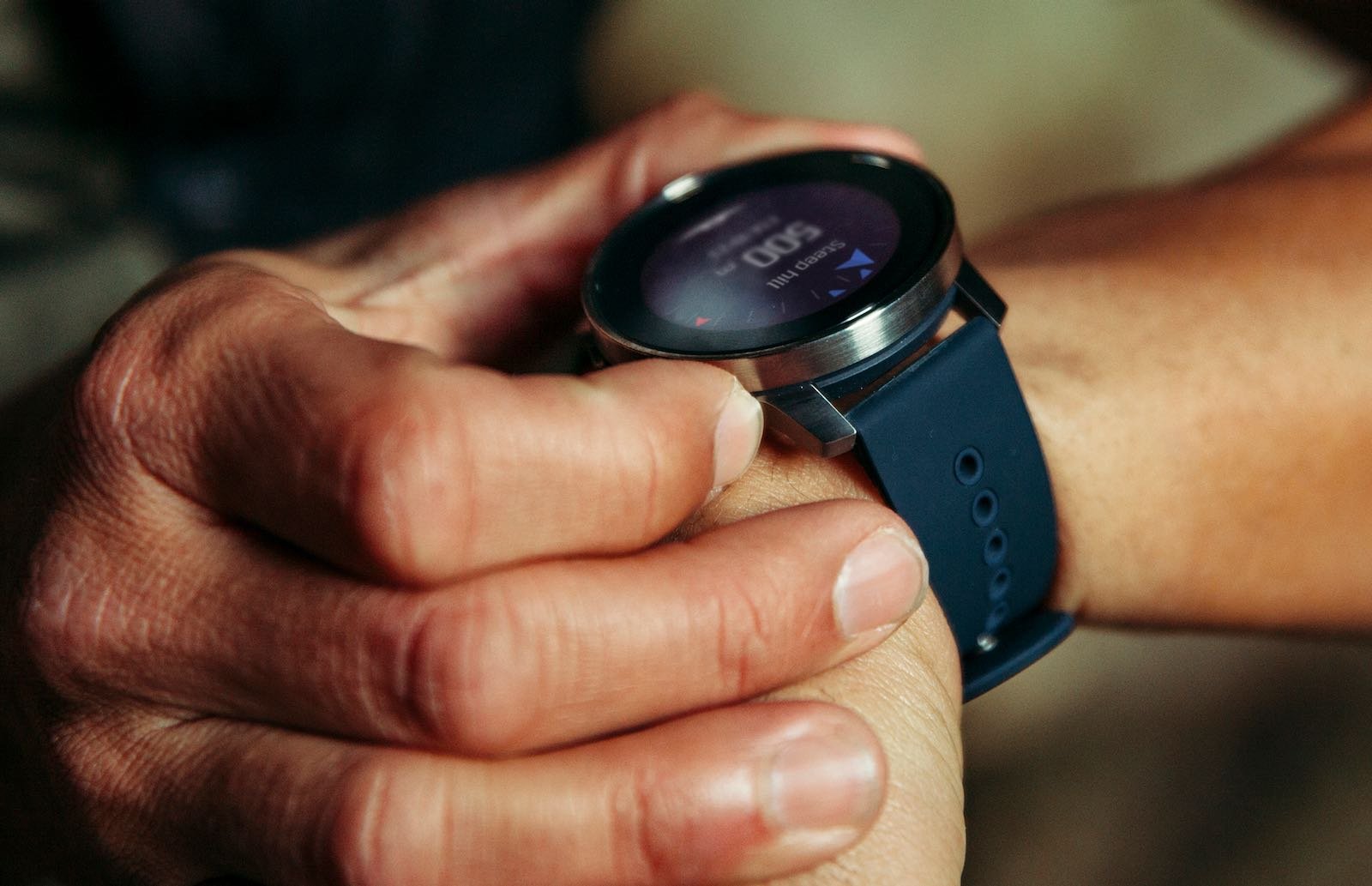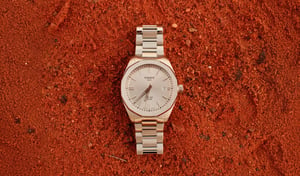2021 has been another dominant year for Finnish brand Suunto – renowned manufacturers of sports, dive computers and precision instruments – with multiple additions to the Suunto 9 family. I got familiar with the Suunto 9 Baro earlier in the year, and while it excelled as a tool for tracking exercise, with exceptional battery life, it’s not a watch I could commit to wearing all day due to the size. For Suunto fans who feel my pain, their latest release, the Suunto 9 Peak, is the brand’s smallest, thinnest and most wearable watch yet.

Across the category, light, robust, and capable sports watches are synonymous with bulk, and understandably, it’s not to everyone’s tastes. In fact, it’s a huge barrier for brands luring customers used to wearing watches at or below the 40mm size, like myself. Fortunately, packing all the tech of the Suunto 9 Baro into an infinitely more subtle, and svelte package, has answered all my prayers. It is finally a substitute for daily wear (especially if you like tracking steps on off days), not a great hulking beast strapped to the wrist, screaming adventure, while you’re made-to-measure suit says serious professional.

Despite being 37% thinner and 36% lighter than the Suunto 9 Baro, the brand promises the 9 Peak is the most powerful and uncompromisingly durable watch they’ve ever made, designed for adventures and tested in the harshest conditions (including up K2). The 9 Peak boasts up to 170 hours of GPS recording capacity in Tour mode, unique training modes, new optical heart rate and blood oxygen measurement, automatic backlight intensity adjustment, and a full battery charge in 1 hour, while offering unprecedented levels of comfort.

While minor software features differentiate the Baro and the Peak, ultimately it’s all about aesthetics. Comparing the watches you can see just how drastic those differences are, not just the Peak’s minimalist form when compared to the Baro but the size of the case and features. Everything has been redesigned, the case, the lugs, the buttons, the rubber strap, the clasp and the charging dock, which is now a far more manageable, magnetic, charging cradle. It’s also offered in steel or titanium (62g vs 54g) for those who want their device as light as possible.

I’ve been using the Suunto 9 Peak for the last two months and I have to say, from a design point of view, it is better in every way, from charging right down to the tactility of the new elongated buttons. Of course, beauty is in the eye of the beholder and some may prefer the bulkier designs but I think Suunto is going down the right path with the 9 Peak, designing handsome products that are more watch than they are fitness tracker/smartwatch. I will note, however, that the GPS discovery (at the start of a run) and syncing with the Suunto app (at the conclusion) are noticeably more sluggish on the Peak than they were the Baro, which definitely impacts the overall user experience.

Comparing the proficiency of GPS across the devices is something I’ll leave to more technical publications, but the Peak does feature Suunto’s new ‘Snap To Route’ function that aims to avoid poor GPS signal/accuracy. For example, if you are running a city marathon, you could input the exact route beforehand and the watch will track your run precisely. There’s also Suunto’s Ghost Runner that helps you pace yourself, although that will be made available in firmware updates for other products.

Finally, I’ve found a sports watch I’m happy to wear every day – even double wrist with – and I’m sure I’m not the only one. The Suunto 9 Peak boasts incredible battery life and is a chic entry to the sports watch category. It represents an exciting new direction for Suunto, one that suggests size & design are priorities on par with functionality.

The Suunto 9 Peak in All Black and Moss Gray (both steel) have a recommended retail price of $999.99, while the Granite Blue Titanium and Birch White Titanium have a recommended retail price of $1,199.99
















